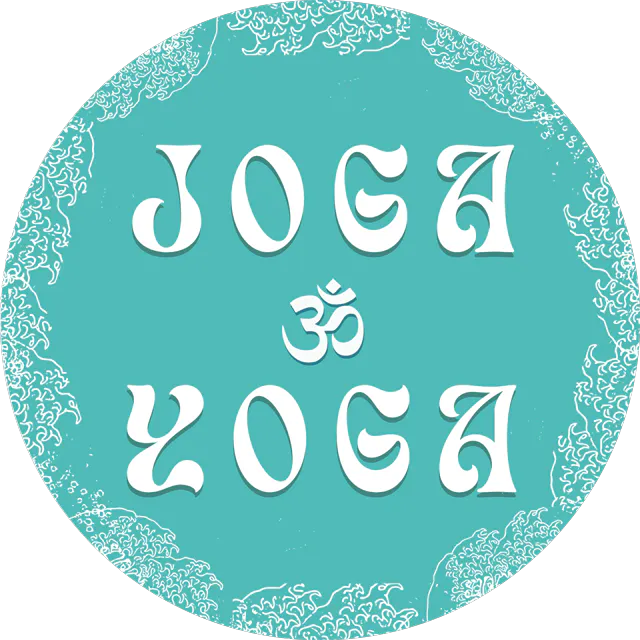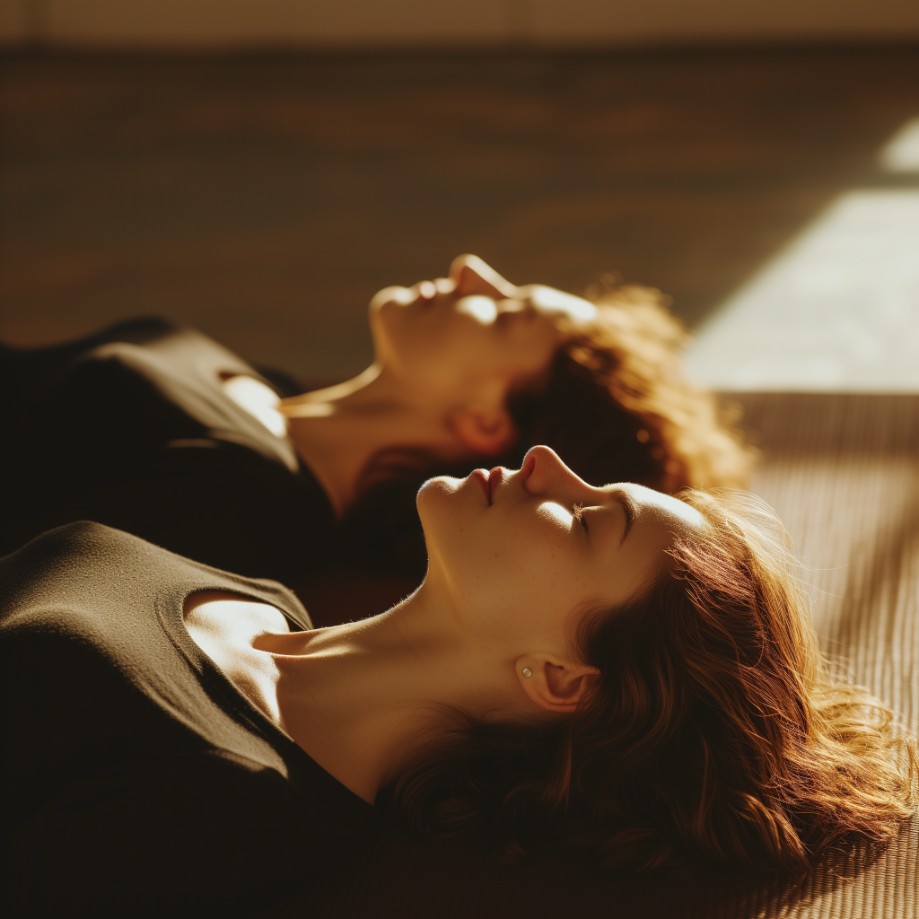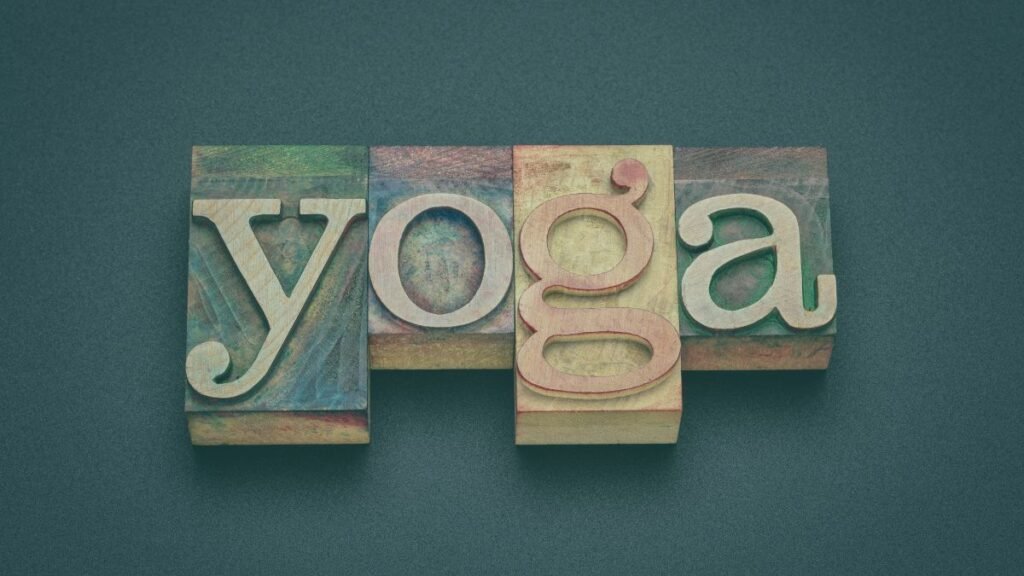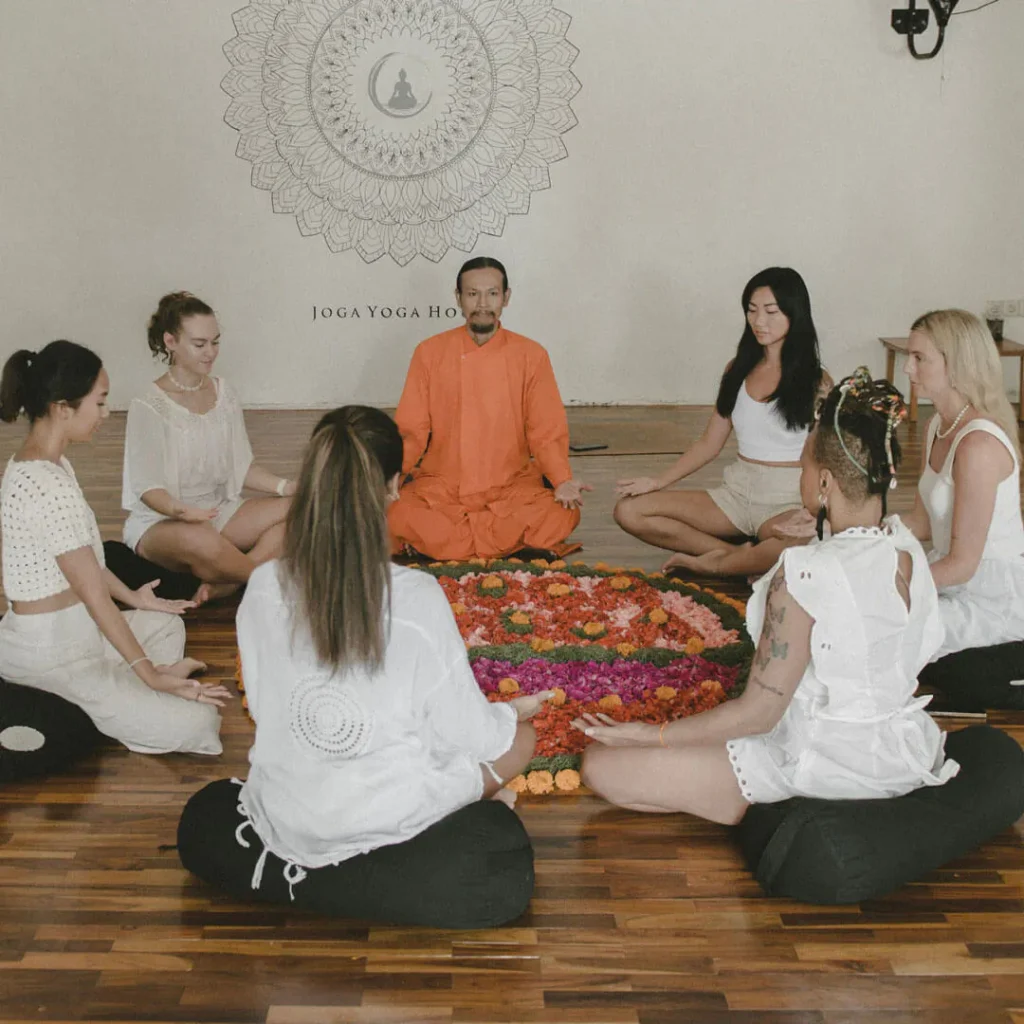What Is Yoga? The Spiritual, Mental, and Physical Union
Yoga is an ancient practice that originated in India over 5,000 years ago. Rooted in spiritual and philosophical traditions, yoga was initially developed as a discipline to unify the mind, body, and spirit. The earliest references appear in sacred texts such as the Rigveda, with more structured systems emerging in later works like the Yoga Sutras of Patanjali. These foundational teachings focused on self-awareness, inner peace, and liberation from suffering through disciplined practices such as breath control, meditation, and postures.
While yoga has deep spiritual roots, its purpose has always encompassed more than just religion. At its core, yoga is about achieving balance, both physically and mentally. The practice builds strength, enhances flexibility, sharpens concentration, and supports emotional well-being. Whether you are engaging in slow, meditative poses or dynamic sequences, yoga encourages you to develop a heightened sense of awareness and control over your body and breath.
In recent decades, yoga has evolved into a global phenomenon, adapting to diverse lifestyles and fitness goals. From the structured sequences of Hatha Yoga to modern innovations like aerial yoga and even goat yoga, the practice now offers a variety of formats suited to every interest. If you are curious about how yoga has continued to transform across cultures and contexts, exploring articles like What Is Hatha Yoga or Blended Yoga can provide deeper insight into this ongoing evolution.
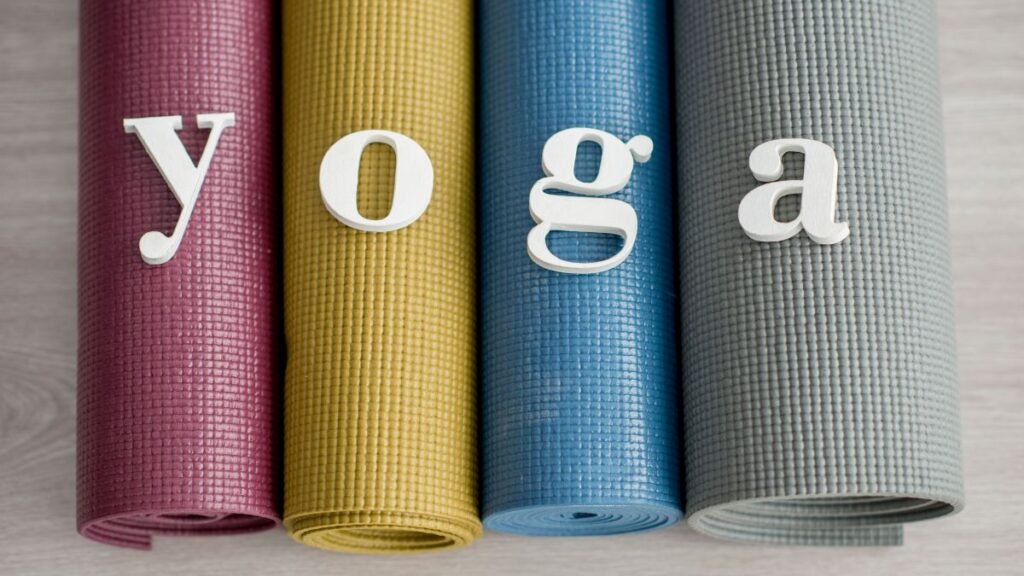
How to Choose the Right Type of Yoga for You
Choosing the right type of yoga depends on your unique needs, preferences, and current stage in your wellness journey. A key consideration is your body type and fitness goal. If your primary focus is on physical conditioning, styles like Vinyasa or Power Yoga may be more suitable. If you are looking for stress relief or a gentle entry point, restorative practices such as Yin or Hatha Yoga can be more beneficial.
Your personality and energy level also play a significant role. Some yoga styles are vigorous and fast-paced, while others are calming and introspective. For example, dynamic forms like Ashtanga appeal to those who enjoy structure and intensity, whereas Kundalini Yoga may resonate more with individuals seeking spiritual growth and emotional clarity.
It is also important to factor in any physical conditions or injuries, as well as your level of experience. Beginners might benefit from exploring Beginner Yoga classes that emphasize foundational postures and alignment. More experienced practitioners can consider advanced practices that offer deeper physical or spiritual engagement. The goal is not to find the “perfect” style, but the one that aligns with your current lifestyle, goals, and comfort level.
The 14 Most Popular Types of Yoga
1. Hatha Yoga
Hatha Yoga is one of the most foundational forms of yoga, often serving as the entry point for many beginners. It emphasizes controlled breathing, static poses, and mindful transitions between movements. Classes tend to move at a slower pace, allowing practitioners to focus on alignment and posture while building strength and flexibility.
This style is particularly well-suited for those new to yoga or anyone seeking a gentle, balanced practice that promotes physical and mental equilibrium. Common poses include Tree Pose and Mountain Pose, which help develop stability and awareness. To dive deeper into this accessible approach, visit What Is Hatha Yoga or explore practical routines through Beginner Yoga.
2. Vinyasa Yoga (Flow Yoga)
Vinyasa Yoga, often referred to as flow yoga, is known for its fluid, breath-linked sequences. Movements are synchronized with inhales and exhales, creating a dynamic experience that builds heat and encourages continuous motion. The transitions between poses are just as important as the poses themselves, making each session feel like a moving meditation.
This style appeals to those who enjoy creativity, variation, and cardiovascular engagement. Sun Salutations and Warrior flows are staples in many Vinyasa classes, helping to improve flexibility, balance, and stamina. If you’re deciding whether to practice in the morning or evening, consider reading Morning vs Evening Yoga. For those interested in the caloric impact of a vigorous session, Hot Yoga Calories Burned offers a breakdown of energy expenditure.
3. Ashtanga Yoga
Ashtanga Yoga is a structured and highly disciplined form of yoga based on a fixed sequence of postures. Practitioners begin with the Primary Series and progress through increasingly challenging sets only after mastering the previous level. The consistent routine allows for measurable progress and deep personal focus.
This form of yoga is ideal for individuals who appreciate repetition, intensity, and traditional practices. It emphasizes breath control, internal focus, and physical precision. For those practicing or exploring elements of breathwork in Ashtanga, learning about Nadi Shodhana, a key breathing technique, can enhance your understanding. You can also explore a more immersive environment through options like Yoga Class in Canggu, known for strong Ashtanga communities.
4. Power Yoga
Power Yoga is a vigorous, fitness-oriented interpretation of Vinyasa that emphasizes strength, endurance, and active movement. Unlike traditional forms, Power Yoga allows for more variety, with instructors adapting sequences to create a challenging workout that targets all major muscle groups.
This style is best for those who want to build physical strength, burn calories, and improve flexibility in a fast-paced environment. Although not as spiritually focused, it shares core elements with Vinyasa, making it accessible to those familiar with flow-based practices. You can compare its effects in Hot Yoga vs Power Yoga, or see how it supports core toning in How to Get a Flat Stomach with Yoga.
5. Iyengar Yoga
Iyengar Yoga emphasizes meticulous alignment and posture precision, often using props such as blocks, straps, and blankets to ensure proper form. Poses are typically held longer than in other styles, allowing practitioners to explore the physical and mental aspects of each position more deeply.
This style is particularly beneficial for those recovering from injuries, older adults, or anyone with a detail-oriented approach to movement. Its therapeutic applications make it ideal for people dealing with back pain or postural imbalances. If you’re exploring yoga as a method of pain relief, you may find practical advice in Yoga for Posture and Back Pain, which aligns closely with Iyengar principles.
6. Kundalini Yoga
Kundalini Yoga is a deeply spiritual and energetic form of yoga that incorporates dynamic breathing techniques, mantras, chanting, mudras, and kriyas — sequences of postures designed to awaken dormant energy at the base of the spine. This practice is centered on elevating consciousness and promoting emotional and energetic balance.
It is ideal for those seeking inner transformation, spiritual awakening, or a deeper connection to breath and subtle energy systems. Classes often begin with chanting and include periods of meditation and guided breathwork. If you’re new to this style, it’s helpful to understand its intensity and symbolism by exploring Is Kundalini Yoga Dangerous? and learning about the Kundalini Snake, a metaphor for the rising energy this practice is known for.
7. Yin Yoga
Yin Yoga is a slow, passive practice where postures are held for extended periods, often between three to five minutes. Unlike more dynamic forms of yoga, Yin targets the body’s connective tissues, fascia, and joints, promoting deep flexibility and circulation in areas like the hips, pelvis, and lower spine.
This practice is especially beneficial for people who need recovery after intense training or those dealing with chronic stress or emotional tension. Yin Yoga encourages a meditative state, supporting stillness and introspection. If you’re seeking relief from tension or anxiety, Yoga for Stress Relief offers a closer look at how practices like Yin can help regulate the nervous system.
8. Restorative Yoga
Restorative Yoga is a gentle and therapeutic practice that emphasizes full-body relaxation. Using props such as bolsters and blankets, practitioners are supported in comfortable, gravity-assisted poses that are held for several minutes. The focus is on releasing tension rather than engaging muscles.
This style is ideal for those recovering from injury, dealing with chronic stress, or simply in need of nervous system recovery. It provides a space to slow down, reset, and allow the body to rest deeply. For deeper insight into the energetic benefits of relaxation, The Power of the Navel Point explains the role of core energy centers. You can also explore Simple Yoga Poses for Better Sleep for gentle sequences that align with this restorative approach.
9. Bikram / Hot Yoga
Bikram Yoga, commonly referred to as Hot Yoga, is a standardized sequence of 26 postures and two breathing exercises performed in a heated room, typically set to 105 degrees Fahrenheit with 40 percent humidity. The heat is used to increase flexibility, encourage detoxification, and elevate heart rate.
This method is suited for those who enjoy high-intensity environments and structured routines. The predictable sequence helps practitioners measure their progress, while the heated setting challenges physical endurance and mental focus. For a deeper understanding of the physiological experience, read Why Hot Yoga Feels So Intense. You can also explore how to measure performance and caloric output with the Hot Yoga Calorie Counter.
10. Sivananda Yoga
Sivananda Yoga follows a fixed structure based on the teachings of Swami Sivananda, focusing on five main principles: proper exercise, breathing, relaxation, diet, and positive thinking. Each session typically begins with a period of relaxation, followed by pranayama (breath control), sun salutations, and a set of 12 classic postures.
This approach is especially appealing to those seeking holistic well-being, integrating physical, mental, and spiritual health. It offers a slower pace and is ideal for beginners who want a gentle, spiritually grounded introduction to yoga. The practice encourages mindfulness and self-reflection, offering a more meditative alternative to fast-paced modern yoga styles.
11. Anusara Yoga
Anusara Yoga is a modern, heart-oriented style that combines physical alignment with a spiritual philosophy rooted in intrinsic goodness. Founded in the late 1990s, this practice encourages practitioners to open to grace and express themselves freely while maintaining safe structural alignment through its Universal Principles.
Ideal for emotionally expressive individuals, Anusara classes often include a theme, such as joy or compassion, that is reflected throughout the poses. Rather than focusing solely on perfect form, students are invited to explore yoga as a creative and personal experience. To understand the philosophical underpinnings of this style, the article on Yoga Philosophy provides helpful context. You may also enjoy reading about Mantra and Asana and how these elements support inner alignment in Anusara teachings.
12. Aerial Yoga
Aerial Yoga, also known as anti-gravity yoga, involves performing traditional yoga poses with the aid of a fabric hammock suspended from the ceiling. This prop allows practitioners to deepen stretches, reduce joint compression, and explore inversions safely. Floating savasana, where you rest cocooned in the hammock, is often a favorite closing pose.
This style suits those who enjoy dynamic movement and nontraditional forms of exercise. It is also beneficial for spinal decompression and enhancing proprioception. If you’re curious to try this style in an immersive setting, check out the guide to Yoga Class in Canggu, where aerial yoga is part of the local wellness offerings.
13. Acro Yoga
Acro Yoga combines traditional yoga with acrobatics and partner balancing. It involves two main roles: the base, who supports the flyer, and the flyer, who performs poses lifted off the ground. A third person, the spotter, is often involved for safety.
This interactive and playful form of yoga fosters trust, communication, and cooperation between partners. It is especially popular among couples or friends looking for a shared physical and mindful experience. Acro Yoga can also be a fun alternative for those who find solo practice too static or repetitive, bringing a strong social and creative element to the mat.
14. Prenatal Yoga
Prenatal Yoga is designed specifically for pregnant individuals at various stages of pregnancy. Classes focus on gentle postures that support the physical and emotional changes experienced during pregnancy, often emphasizing pelvic floor strength, breath awareness, and relaxation techniques that may assist during labor.
This style is best for expecting and new mothers looking for a safe way to stay active, reduce discomfort, and prepare for childbirth. The movements are modified to protect both mother and baby, avoiding deep twists, inversions, and intense abdominal work. To learn more about yoga’s impact on maternal wellness, see Yoga and Heart Health, which includes insights on circulation and stress relief. Additionally, the Dosha Quiz can help personalize prenatal yoga approaches based on body type and energy patterns.
Best Yoga Types by Goal
| Goal | Recommended Yoga Types |
| Build strength and tone | Power Yoga, Ashtanga Yoga, Vinyasa Yoga |
| Reduce stress | Yin Yoga, Restorative Yoga, Kundalini Yoga |
| Increase focus and clarity | Hatha Yoga, Iyengar Yoga, Sivananda Yoga |
| Spiritual growth | Kundalini Yoga, Bhakti Yoga, Jnana Yoga |
| Safe for pregnancy | Prenatal Yoga |
| Back pain relief | Iyengar Yoga, Restorative Yoga |
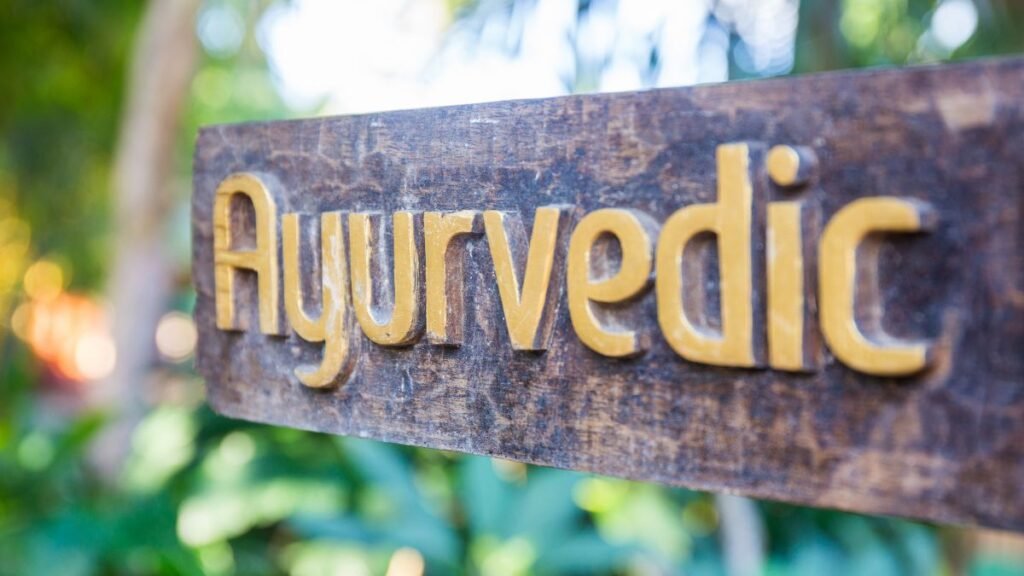
Best Yoga for Each Ayurvedic Dosha
In Ayurveda, the ancient Indian system of natural health, every person has a unique combination of three doshas — Vata, Pitta, and Kapha — which influence physical tendencies, emotional patterns, and energetic balance. Aligning your yoga practice with your dominant dosha can help restore harmony and support your overall well-being.
If you’re unsure which dosha type you are, take our free Dosha Quiz to discover your Ayurvedic constitution and receive personalized guidance.
| Dosha Type | Recommended Yoga Styles |
| Vata (Air & Space) | Yin Yoga, Restorative Yoga, Hatha Yoga |
| Pitta (Fire & Water) | Sivananda Yoga, Kundalini Yoga, Iyengar Yoga |
| Kapha (Earth & Water) | Power Yoga, Hot Yoga, Ashtanga Yoga |
Each dosha benefits from specific pacing, temperature, and intensity. For example, calming and grounding styles are ideal for Vata, while structured and cooling practices help balance Pitta, and energizing flows are most beneficial for Kapha.
Final Thoughts: Yoga Is a Journey, Not a Competition
Yoga is not about perfection or comparison — it is a personal journey of self-discovery, healing, and growth. Every individual resonates with yoga differently, which is why trying multiple styles can be valuable for deepening your practice. Whether you’re drawn to the calm of Yin Yoga or the challenge of Ashtanga, your preferences may evolve over time, and that is part of the experience.
If you’re ready to take your practice further, consider joining a yoga retreat or pursuing formal training. For those looking to explore immersive experiences, our resource on the Best Months for Yoga Teacher Training in Bali offers practical guidance.
Start Your Journey with Joga Yoga Teacher Training in Bali
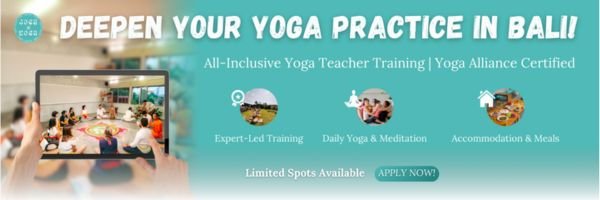
If you’re inspired to deepen your yoga practice or take the next step toward becoming a certified instructor, the Joga Yoga Teacher Training program in Bali offers an immersive and transformative experience. Set in one of the world’s most spiritual and naturally beautiful locations, our training combines traditional yoga philosophy, modern teaching techniques, and hands-on practice to prepare you for a confident, aligned teaching career. Whether you’re pursuing personal growth or a professional path, Joga Yoga’s internationally recognized certification and supportive community will guide you every step of the way.
Explore our upcoming programs and learn why Bali is one of the best destinations for yoga teacher training.
